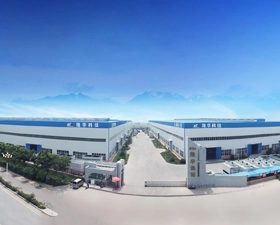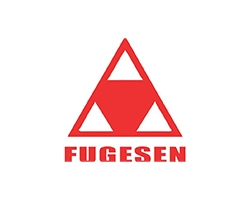In the realm of industrial heat exchange, welded plate heat exchangers have emerged as leading solutions, providing enhanced efficiency and adaptability across diverse applications. This article explores the fundamental principles of welded plate heat exchangers, delves into their various types, and highlights crucial distinctions between gasketed and welded plate designs, as well as differences compared to brazed heat exchangers.
What is Welded Plate Heat Exchanger?
A welded plate heat exchanger is a sophisticated device designed to facilitate the efficient exchange of heat between two fluids. Its core structure consists of a series of corrugated metal plates, intricately welded together to form a robust, sealed unit. These plates create fluid channels for the hot and cold fluids, optimizing the surface area for heat transfer. The result is a compact, space-efficient heat exchanger capable of delivering high thermal performance.
Types of Welded Plate Heat Exchangers
Fully Welded Plate Heat Exchangers: In fully welded plate heat exchangers, all the plates are permanently joined together through welding. This design offers robustness and is particularly suitable for high-pressure and high-temperature applications.
Semi-Welded Plate Heat Exchangers: Semi-welded plate heat exchangers feature a combination of fully welded and gasketed plates. The welded side handles one of the fluids, typically the one at a higher temperature or pressure, ensuring better sealing and enhanced durability.
Difference Between Gasketed and Welded Plate Heat Exchangers
Gasketed Plate Heat Exchangers: Gasketed plate heat exchangers utilize rubber gaskets to seal the gaps between individual plates. While they offer flexibility in terms of plate replacement and easy maintenance, the gaskets may require periodic replacement, making them suitable for applications with moderate operating conditions.
Welded Plate Heat Exchangers: As mentioned earlier, welded plate heat exchangers are constructed with all plates being permanently welded together. This eliminates the need for gaskets, enhancing reliability and making them suitable for more demanding conditions.
Difference Between Brazed and Welded Heat Exchangers
Welded Heat Exchangers: Welded plate heat exchangers are assembled by welding individual plates together, providing a secure and robust construction. The welding process allows for a variety of materials to be used, making them suitable for diverse applications.
Brazed Heat Exchangers: In brazed heat exchangers, the plates are joined using a brazing process that involves melting a filler material to bond the plates together. While this results in a compact and efficient design, brazed heat exchangers are typically less versatile in terms of material options and are often suitable for lower pressure applications.
Welded plate heat exchangers, with their innovative design and various types, stand as exemplars of efficiency and adaptability in industrial heat exchange. Whether fully welded or semi-welded, these heat exchangers offer a reliable solution for applications ranging from moderate to demanding conditions. Understanding the distinctions between gasketed and welded plate designs, as well as the differences compared to brazed heat exchangers, is crucial for selecting the optimal solution based on specific operational requirements.


 EN
EN
 jp
jp  ko
ko  fr
fr  de
de  es
es  it
it  ru
ru  pt
pt  ar
ar  tr
tr 











